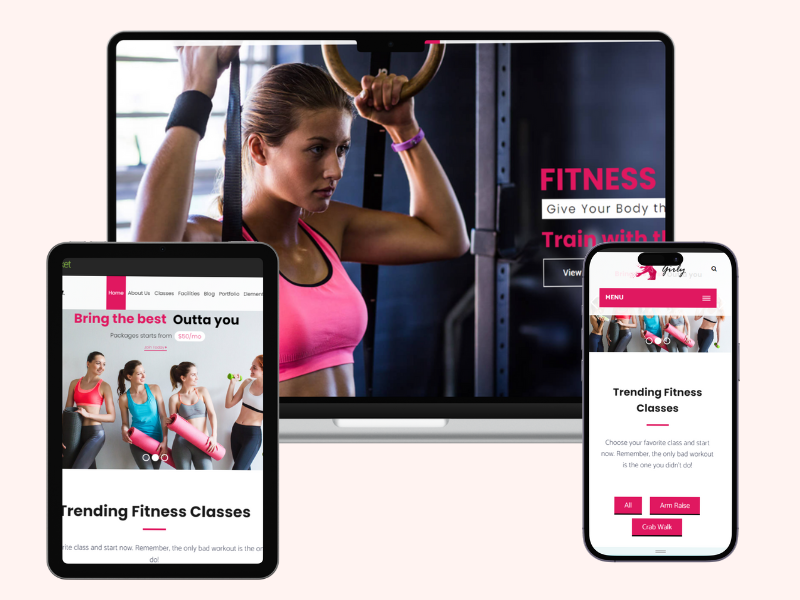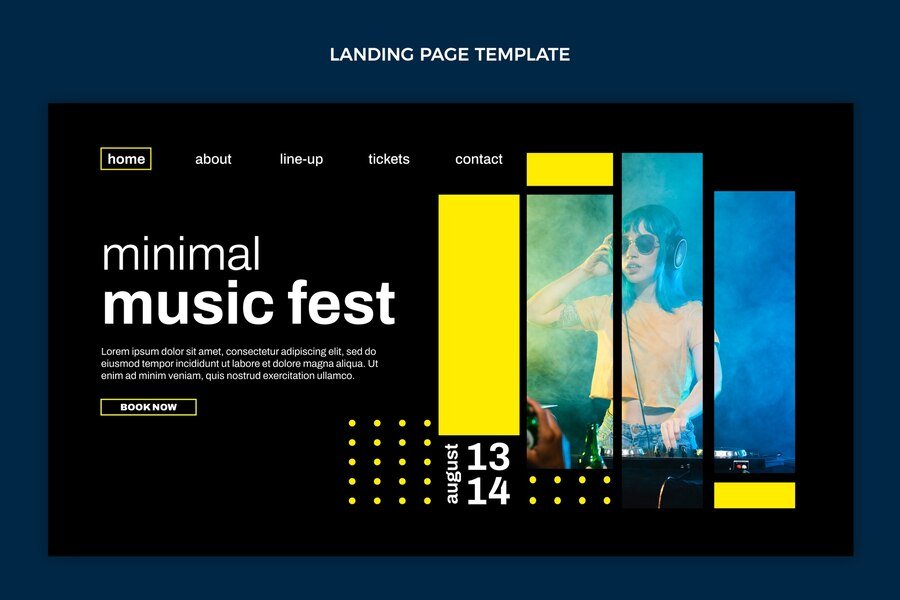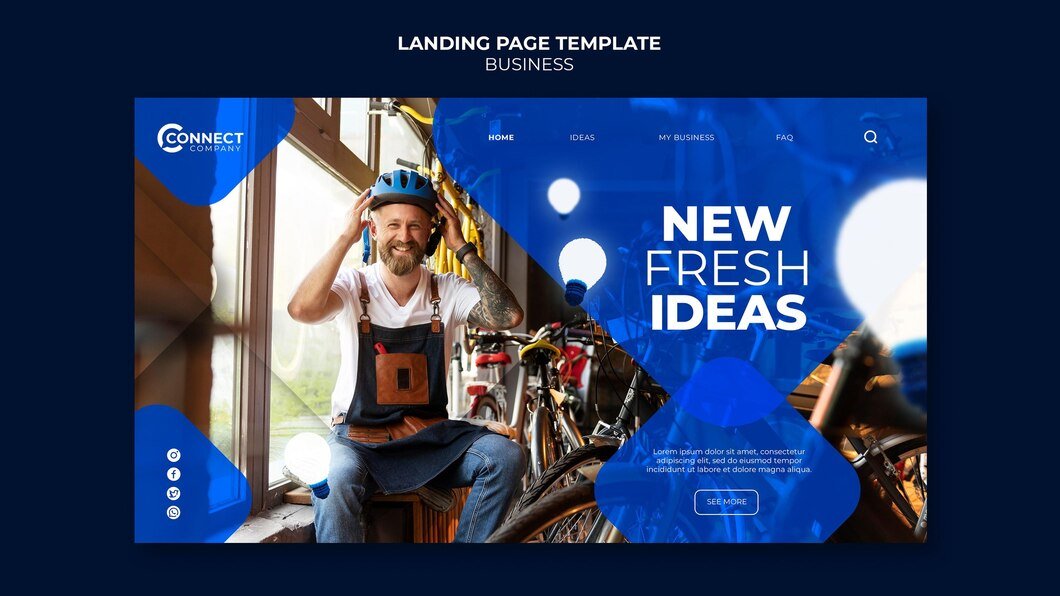Creating a high-performance CrossFit website design involves integrating features that cater to the unique needs of CrossFit enthusiasts, promoting community engagement, and showcasing the fitness programs and culture of your gym. Here are essential features to include in your CrossFit website:
1. Clear Branding and Visual Design
- Branded Theme: Use a design that reflects the energetic and dynamic atmosphere of CrossFit. Incorporate bold colors, strong typography, and high-quality images or videos of your gym, trainers, and members in action.
- Logo and Brand Identity: Ensure your gym’s logo is prominently displayed and consistent across all pages. Use it in the header or footer for brand recognition.
2. Responsive and User-Friendly Design
- Mobile Optimization: Design your website to be fully responsive, ensuring it looks and functions well on all devices, including smartphones, tablets, and desktops. CrossFit enthusiasts often browse for workouts and schedule information on the go.
- Intuitive Navigation: Implement a clear and easy-to-navigate menu structure. Include sections such as Home, About Us, Classes/Schedule, Coaches, Programs, Blog/News, Contact, and Membership.
3. Class Schedule and Booking System
- Interactive Class Schedule: Display a detailed schedule of CrossFit classes, including times, instructors, and descriptions. Use a calendar view with filters for different class types (e.g., WOD, strength training, mobility).
- Online Booking: Integrate an online booking system that allows members to reserve spots in classes in advance. Provide options for booking single classes, purchasing class packs, and managing reservations.
4. Programs and Services
- Program Descriptions: Provide comprehensive descriptions of your CrossFit programs, such as beginner classes, advanced training, nutrition coaching, and specialty workshops (e.g., Olympic lifting, gymnastics).
- Personal Training: Highlight your personal training services and offer information about each trainer, their specialties, certifications, and client success stories.
5. Community and Social Proof
- Testimonials and Success Stories: Feature testimonials from members who have achieved fitness goals through your CrossFit programs. Include before-and-after photos and personal stories to inspire potential members.
- Member Spotlights: Showcase member achievements, transformation stories, and community events to foster a sense of belonging and motivation.
6. Media Gallery and Workout Demos
- Photo and Video Gallery: Include a gallery showcasing workouts, gym events, member activities, and the overall atmosphere of your CrossFit gym. Use videos to demonstrate proper exercise techniques and workouts.
- Workout of the Day (WOD): Provide a daily or weekly WOD section with descriptions, videos, and scaling options. Encourage members to participate and track their progress.
7. Nutrition and Wellness Resources
- Nutrition Guidance: Offer nutritional advice, meal plans, and recipes that complement CrossFit training. Share articles or blog posts on topics like pre-workout meals, post-workout recovery, and dietary supplements.
- Wellness Tips: Provide resources on mobility exercises, injury prevention, sleep optimization, and mental health strategies. Emphasize holistic wellness alongside physical fitness.
8. Membership and Pricing Information
- Membership Options: Clearly outline membership plans, pricing tiers, and benefits (e.g., unlimited classes, open gym access, discounts on merchandise). Include information on how to join or sign up for trial classes.
- Online Payments: Facilitate secure online payments for memberships, class packs, merchandise, and special events. Ensure payment processing complies with industry standards for security.
9. Blog and Educational Content
- Fitness Blog: Maintain a blog with articles on CrossFit training tips, workout routines, exercise science, athlete profiles, and industry trends. Use SEO best practices to attract organic traffic and position your gym as an authority in fitness.
- Video Tutorials: Create and share instructional videos on exercises, mobility drills, and fitness challenges. Encourage members to engage with content and share their experiences.
10. Contact and Social Media Integration
- Contact Information: Display your gym’s contact details prominently, including phone number, email address, and physical address with a map. Provide a contact form for inquiries and feedback.
- Social Media Links: Link to your CrossFit gym’s social media profiles (Facebook, Instagram, Twitter) to encourage members to follow, share, and engage with updates, events, and community activities.
Conclusion
By incorporating these essential features into your CrossFit website design, you can create a dynamic online presence that attracts new members, engages existing ones, and promotes the culture and benefits of CrossFit training. Regularly update content, monitor analytics, and gather feedback to optimize your website’s performance and meet the evolving needs of your fitness community.













